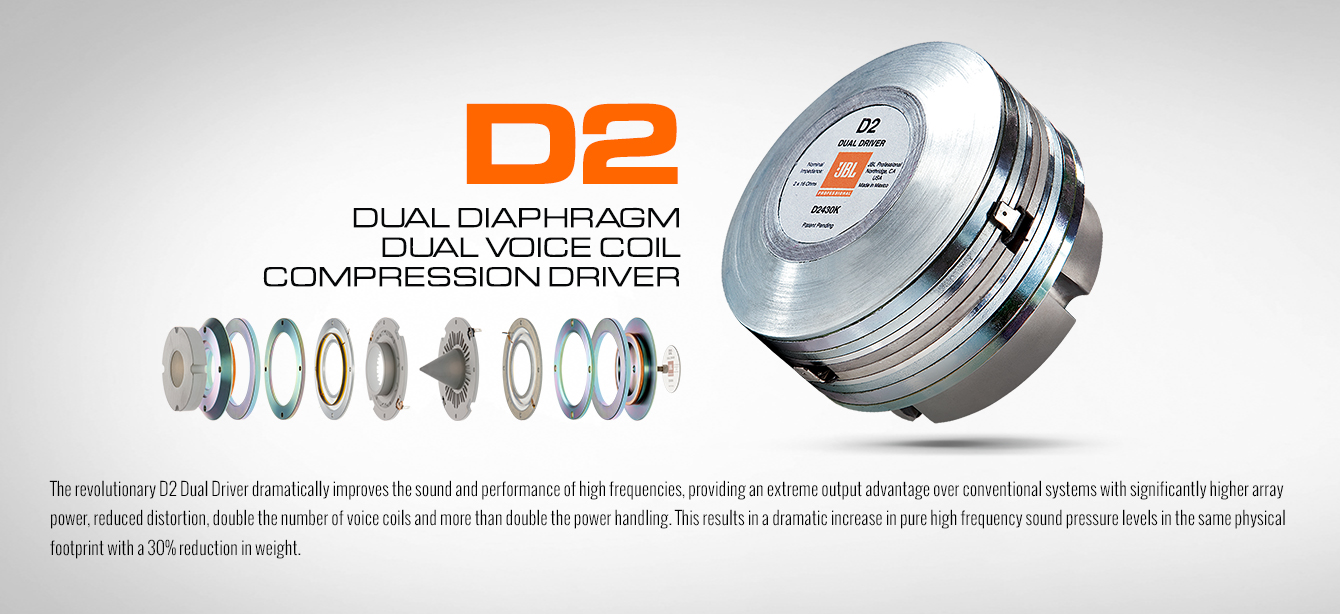






























- 1902 – Birth of James B. Lansing in Illinois, U.S.
- 1927 – Lansing Manufacturing Company founded in Los Angeles
- 1934 – Douglas Shearer of MGM heads team which designs the first practical loudspeaker for motion picture use. Lansing builds components for the Shearer horn system which becomes industry standard.
- 1936 – Shearer-Lansing system awarded citation by Academy of Motion Picture Arts and Sciences
- 1937 – Lansing creates the “Iconic” two-way compact design – the first studio monitor
- 1941 – Lansing Manufacturing Company acquired by Altec Service Company
- 1943 – Lansing develops the Model 604 Duplex 15” (38cm) co-axial loudspeaker
- 1944 – Lansing and Hilliard redefine the reference theater speaker with the "Voice of the Theatre"
- 1946 – Lansing leaves Altec and founds a new company, James B. Lansing Sound Incorporated
- 1947 – JBL develops D130 15” (38cm) speaker with the first commercial use of 4" (100mm) voice coil
- 1949 – James B. Lansing dies; William Thomas becomes company president
- 1953 – Commercialization of Acoustic Lenses developed by Bart Locanthi
- 1954 – Model 375 compression driver, first 4” (100mm) diaphragm commercially available
- 1955 – Model 075, the first ultra-high-frequency ring-radiator transducer
- 1957 – Introduction of JBL Paragon stereo console speaker system
- 1959 – Leo Fender integrates the Model D130 into his guitar amplifiers
- 1962 – JBL creates the first 2-way studio monitor to utilize a high-frequency acoustic lens
- 1968 – JBL launches the Model 4310 three-way bookshelf studio monitor speaker, later the 4311
- 1969 – Sidney Harman acquires JBL, ushering in a period of accelerated international growth
- 1969 – L-100 consumer version of the 4311 is launched, which sells over 125,000 pairs in the 1970s
- 1969 – JBL speaker components deliver the sound at Woodstock and many other rock festivals
- 1973 – 4300 Series studio monitors launched, including the industry’s first four-way designs
- 1975 – Model 4682 thermoplastic " Strongbox " Line Array
- 1979 – Diamond surround technology for control of high-frequency resonances in diaphragms
- 1979 – Development of the Symmetrical Field Geometry (SFG) magnet structure
- 1979 – Cabaret® Series portable systems for musicians debuts
- 1980 – Bi-Radial® Constant-Coverage horns
- 1981 – The first Bi-Radial® studio monitor, the 4435, for the recording studio
- 1982 – Titanium is first developed as a material for high-frequency diaphragms
- 1982 – Model 4675 power-flat cinema system introduced, first system to be approved by THX®
- 1986 – The first models of Control® Series unveiled
- 1990 – Vented Gap Cooling technology reduces low-frequency transducer temperature
- 1991 – The first pro-audio speaker using a neodymium magnet in Array Series
- 1995 – Birth of the EON molded-enclosure integrated, powered portable loudspeakers
- 1995 – First neodymium Differential Drive® Dual-voice-coil/Dual-magnetic-gap cone transducers
- 2000 – Creation of VerTec® Line Array system with RBI – Radiation Boundary Integrator
- 2000 – ScreenArray® three-way cinema systems with Screen Spreading Compensation
- 2002 – JBL Engineers receive Scientific and Technical Awards from the Motion Picture Academy
- 2005 – JBL awarded a Technical Grammy® by National Academy of Recording Arts and Sciences
- 2006 – VRX Constant-Curvature Line Array introduced
- 2008 – CBT Series Constant Beamwidth Technology column line arrays developed
- 2011 – D2 Dual-Diaphragm Compression Driver developed, first used in VTX Line Array
- 2012 – M2 Studio Monitor with Image Control Waveguide, D2 driver and low-TCR voice-coil woofer